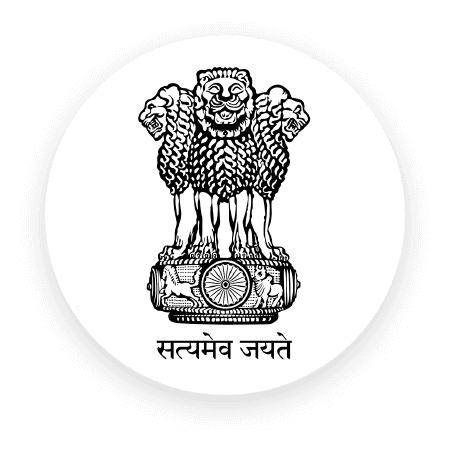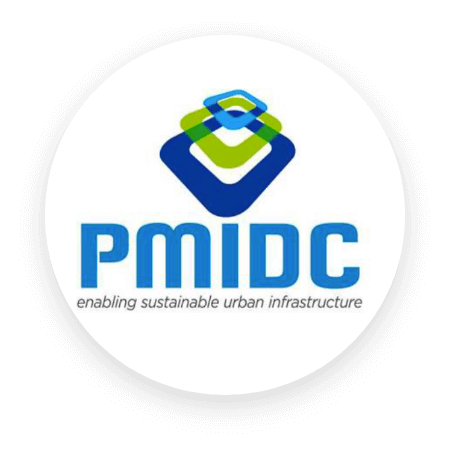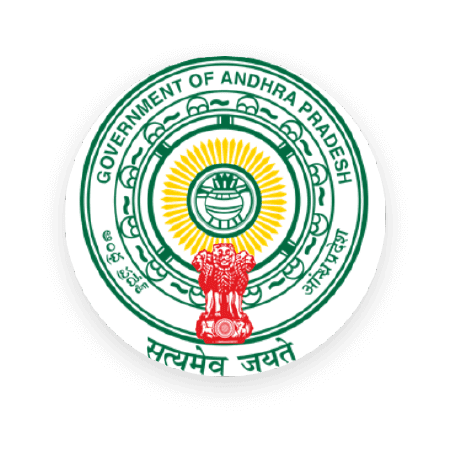
E-governance holds the promise of improving local governance, but only if we pay attention to the basics
As India grows more urban, the importance of effective governance and service delivery by city governments becomes central to the well-being of Indians. We hope to live in ‘smart cities’, where digital systems enable the use of data — generated by people living and working in the city itself — to continuously improve how the city functions.
A smart city requires good data to inform decision-making. The only reliable way to get good data is to design ‘smart systems’ that generate such data by default. Given the complexity of our cities, and the various entities that are involved in their governance, this journey will have to be undertaken one step at a time.
More precisely, it will be one function at a time, then one department a time, finally building up to the city as a whole. A department refers to a specific administrative entity, with the mandate to deliver a defined set of services, and the resources it is assigned for delivering them; a function is any such set of services and the people who deliver them. A smart city is a network of smart functions and departments.
Digitisation
What makes a department smart? In a recent white paper, we lay out a five-level framework for assessing where a given function, department, or city stands in its journey of e-governance. This framework looks at how the department has been able to apply digital technologies across three domains — processes, human resources, and citizen-centricity — in order to work more smartly.
The core insight of our paper is that even the most advanced e-governance systems stand on the foundation of a simple behavioural change: when doing their work, local government employees have to switch from using pen and paper and records to using digital tools and systems. This is the first step in the e-governance journey. The reality in most local government offices in India is that records are kept on paper; if they do get digitised, it is as part of a post-facto data entry exercise. This creates scope for errors and manipulation.
To ensure digitisation, city leaders must use a combination of expectation-setting and incentives. They can demonstrate the time saved and ease of work gained when digital tools automate away record creation and retrieval. In Andhra Pradesh, for instance, ULB employees reported saving an average of 11 hours every week after a digital system was adopted. At the same time, leaders can set phased targets for adoption of the new tools, and ensure adequate technical support and education for employees during the transition. These changes are reflected in the ‘process’ and ‘human resources’ levers of the framework.
Citizen centricity lever
In implementing such changes, however, administrators must ensure that e-governance is not reduced to an exercise in performance management alone. The framework incorporates a ‘citizen centricity’ lever to emphasise that urban local bodies are service delivery organisations, and that internal reforms have to reflect in better experience and empowerment for citizens.
All the benefits we associate with e-governance — the ease of interaction, the gains in efficiency through both performance management and process reform, and the potential for data-driven preventive maintenance of infrastructure — hinge upon adoption of the system by local government employees and citizens themselves. In turn, adoption leads to the richer datasets that will bring various departments in a city to collaborate with each other — and indeed with non-governmental partners as well — to create a virtuous cycle of co-creation, learning, and efficiency. This is how smart cities emerge, not from the top down, but from organic collaboration between departments, employees, and citizens, who are simply looking to do their own jobs more effectively.
This article was contributed to The Hindu
























